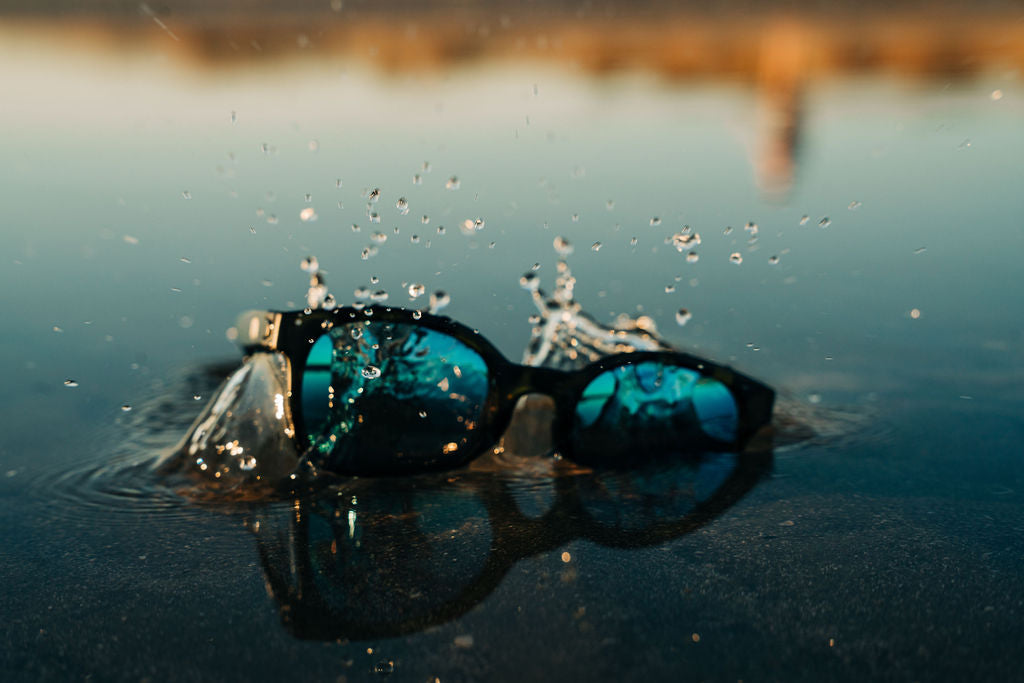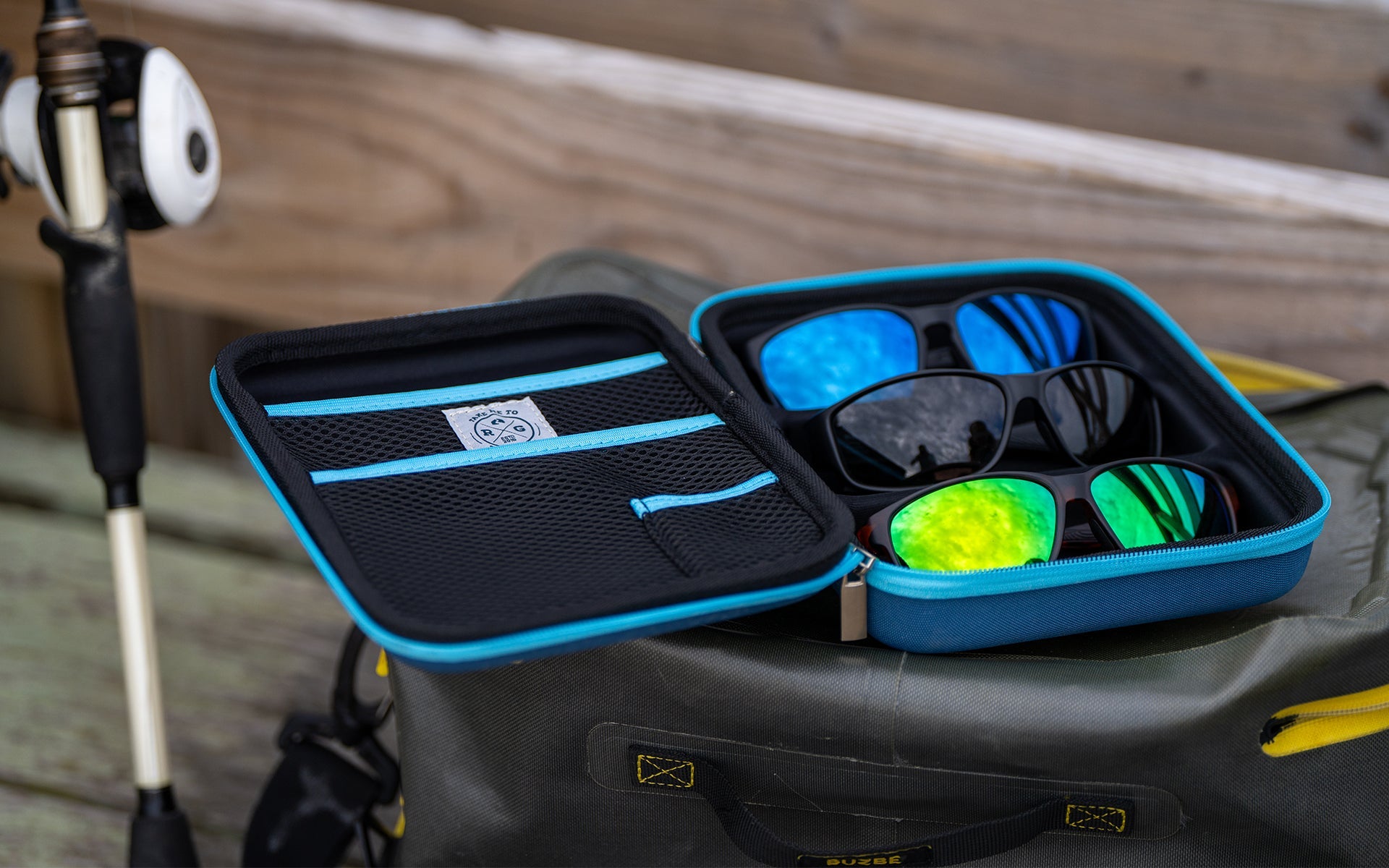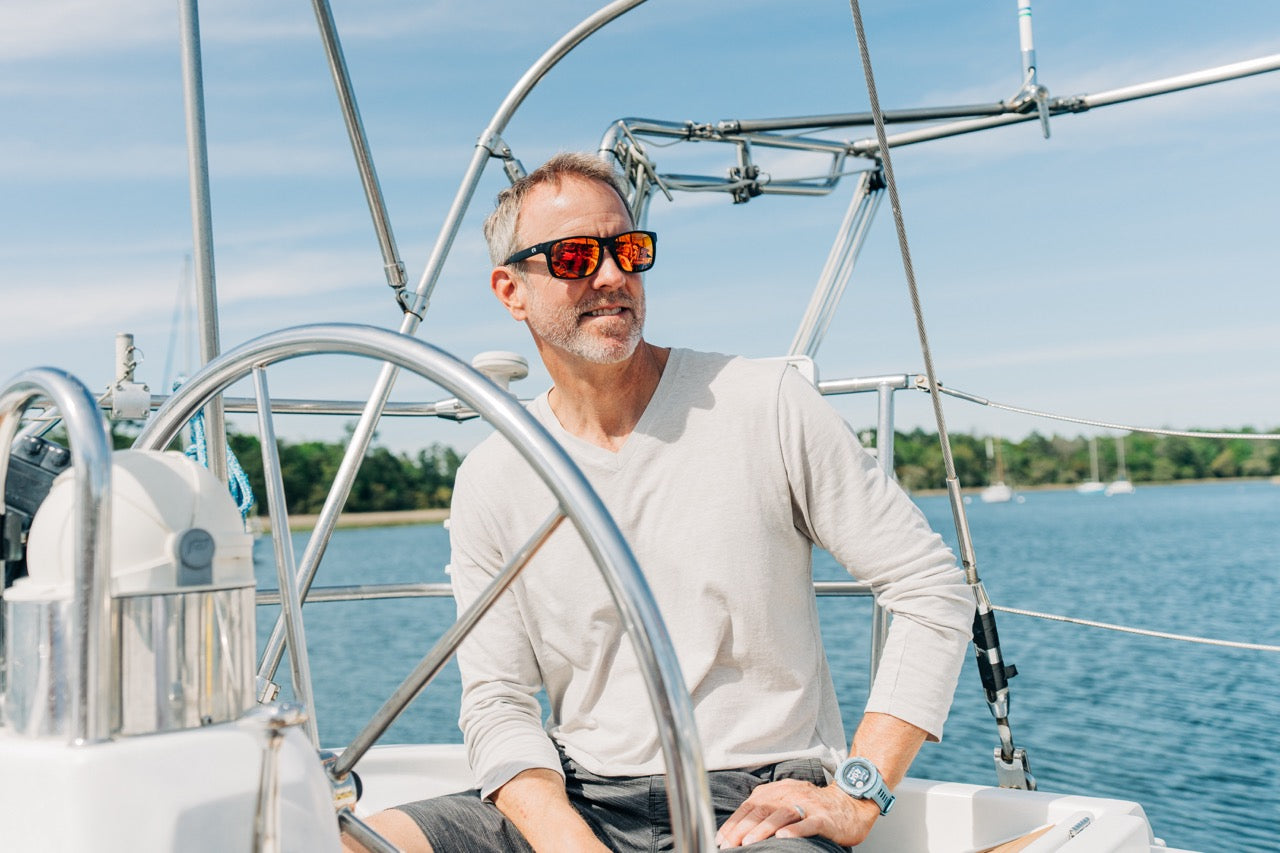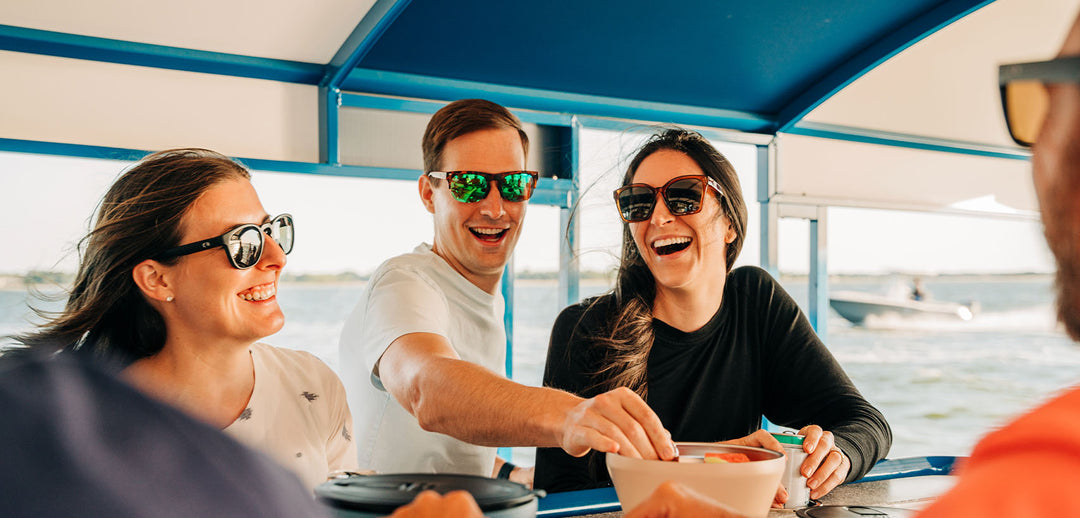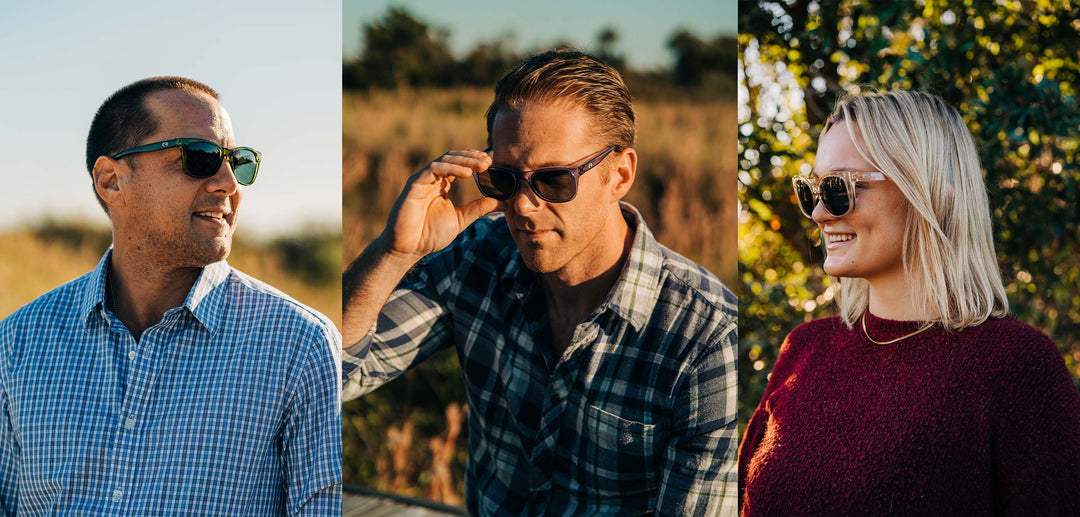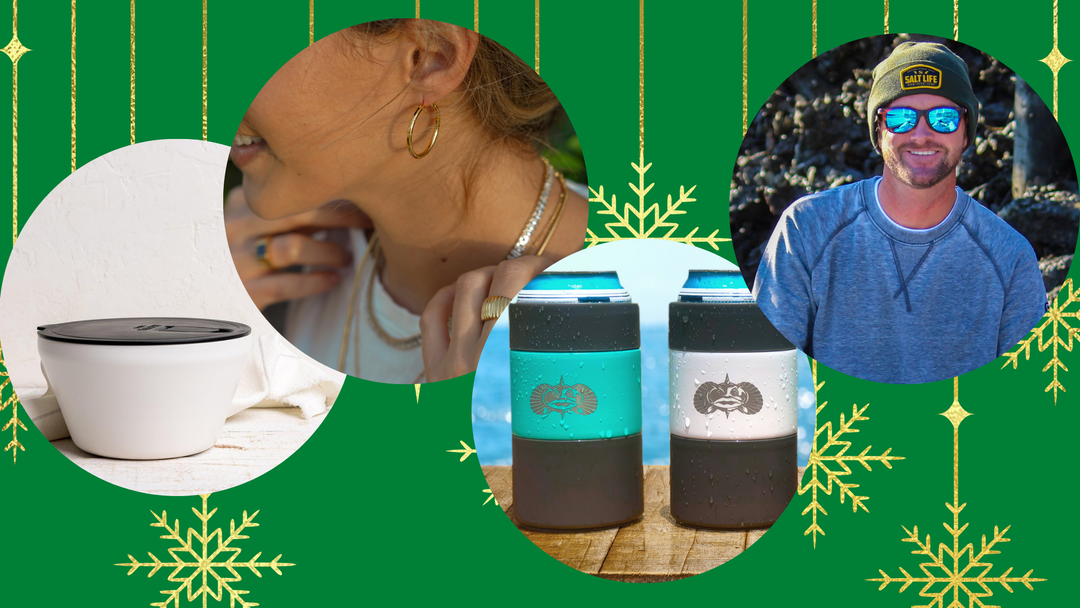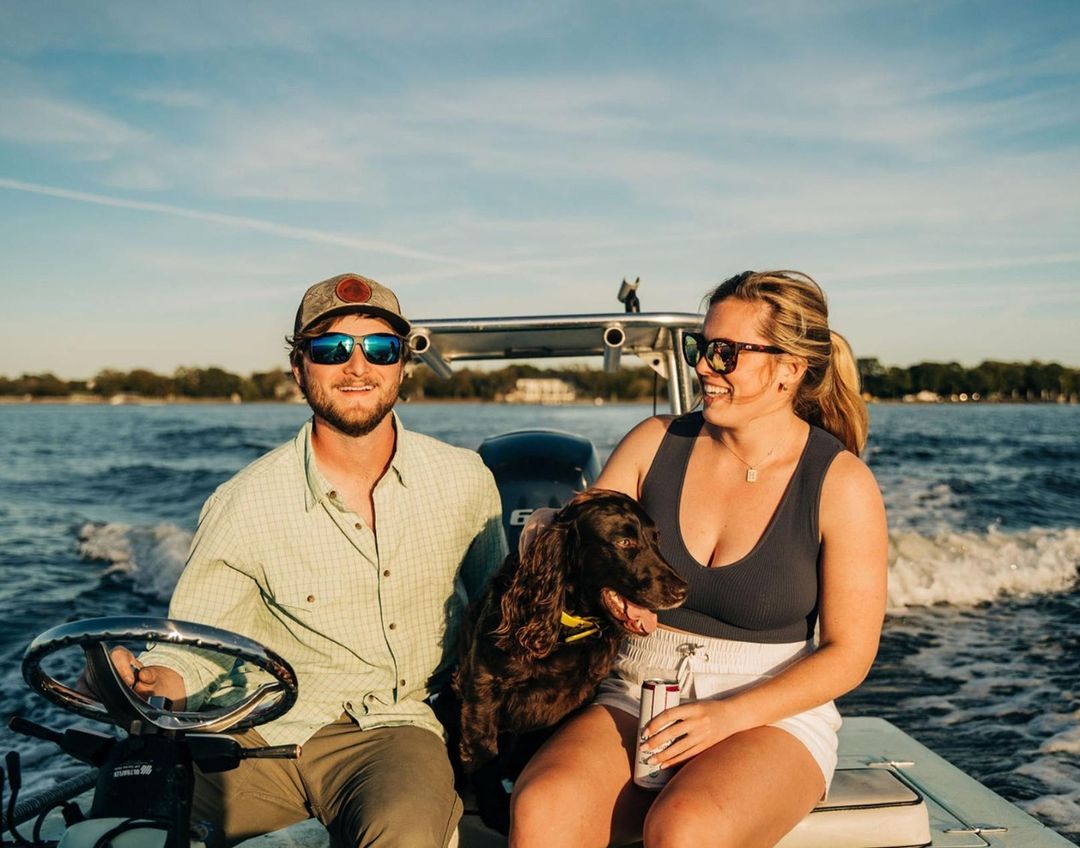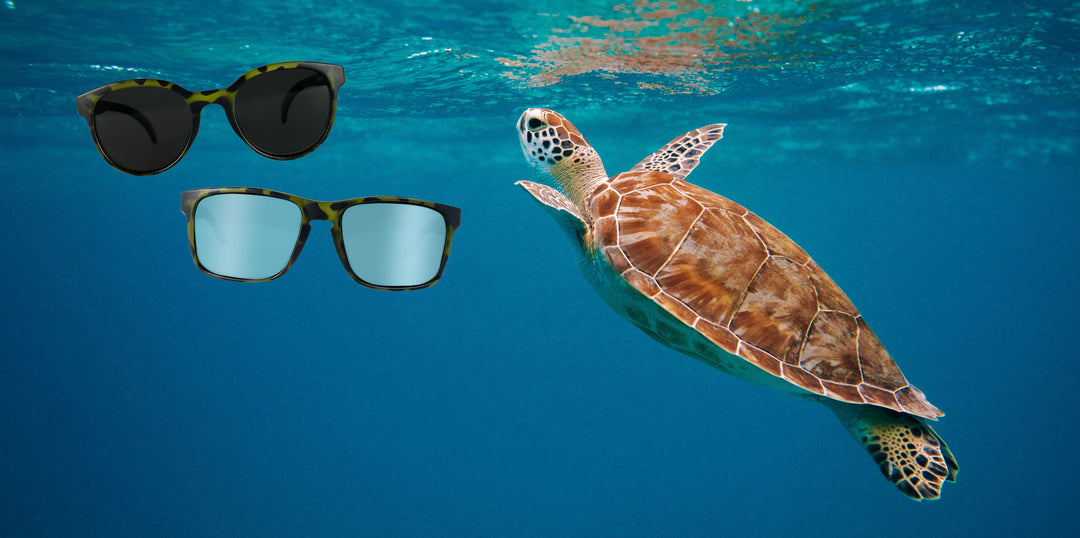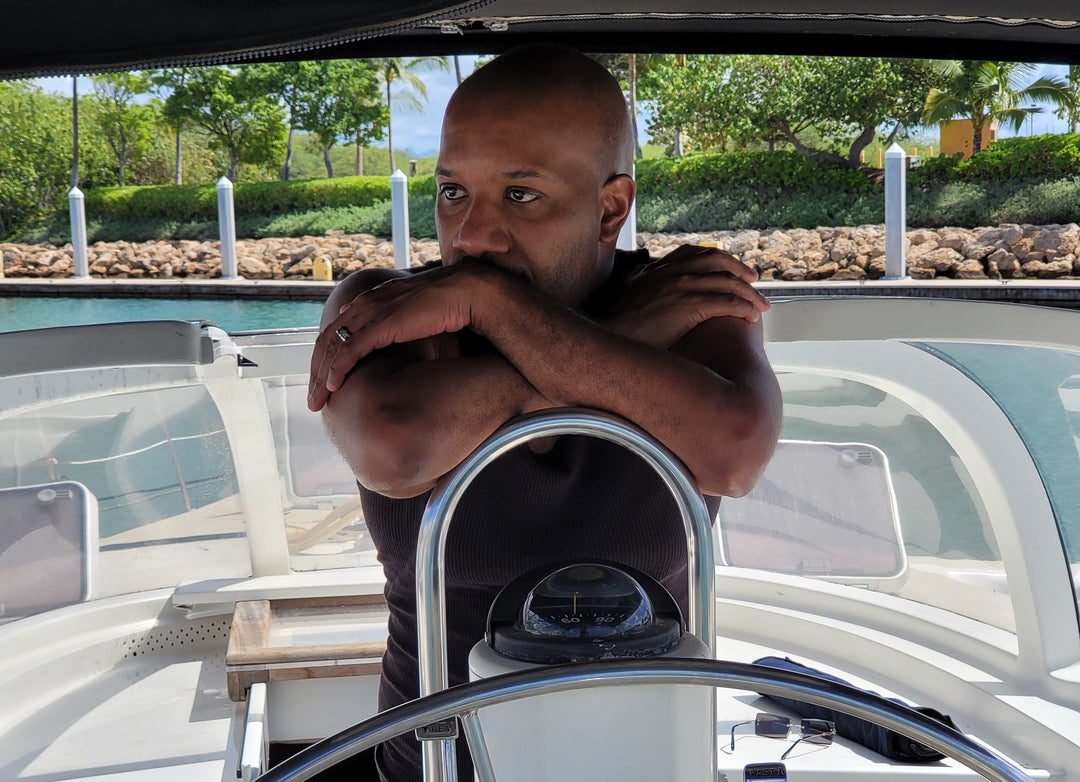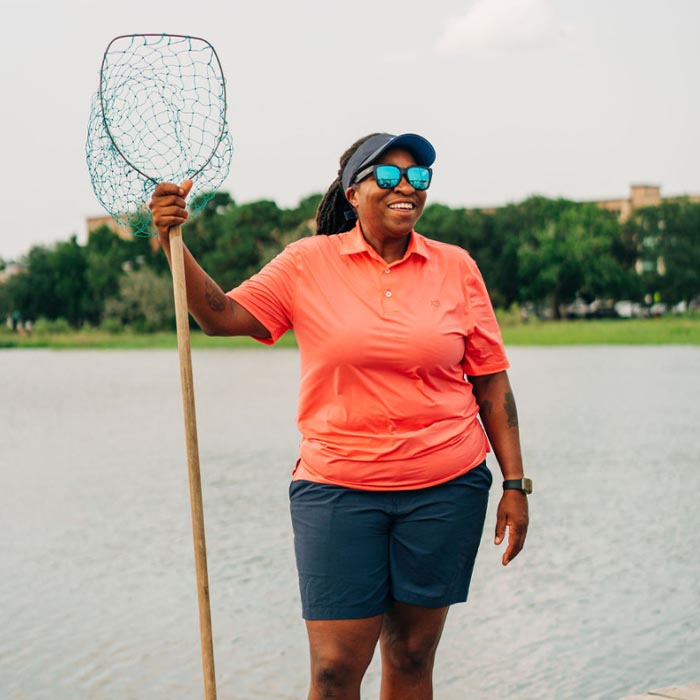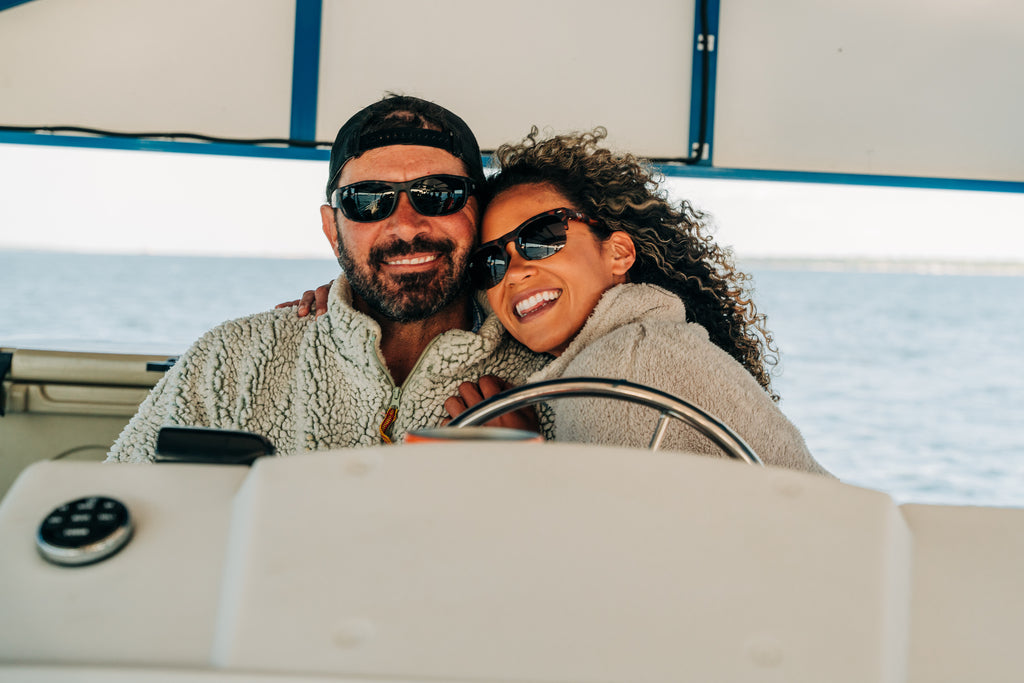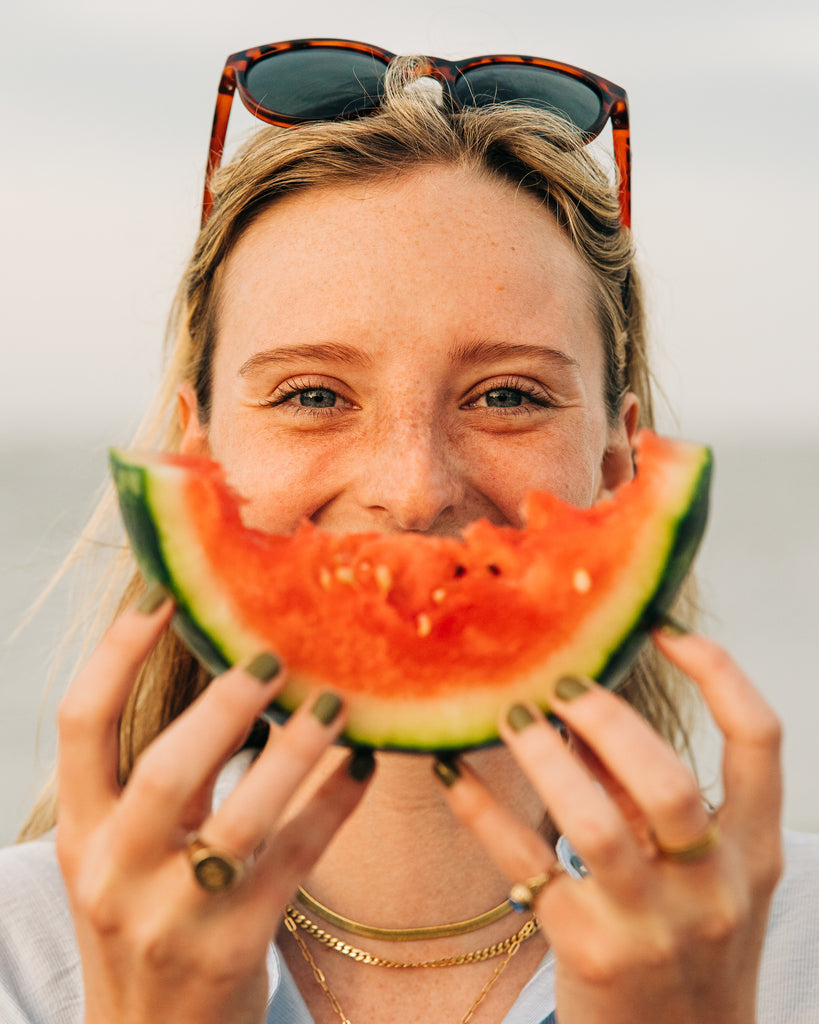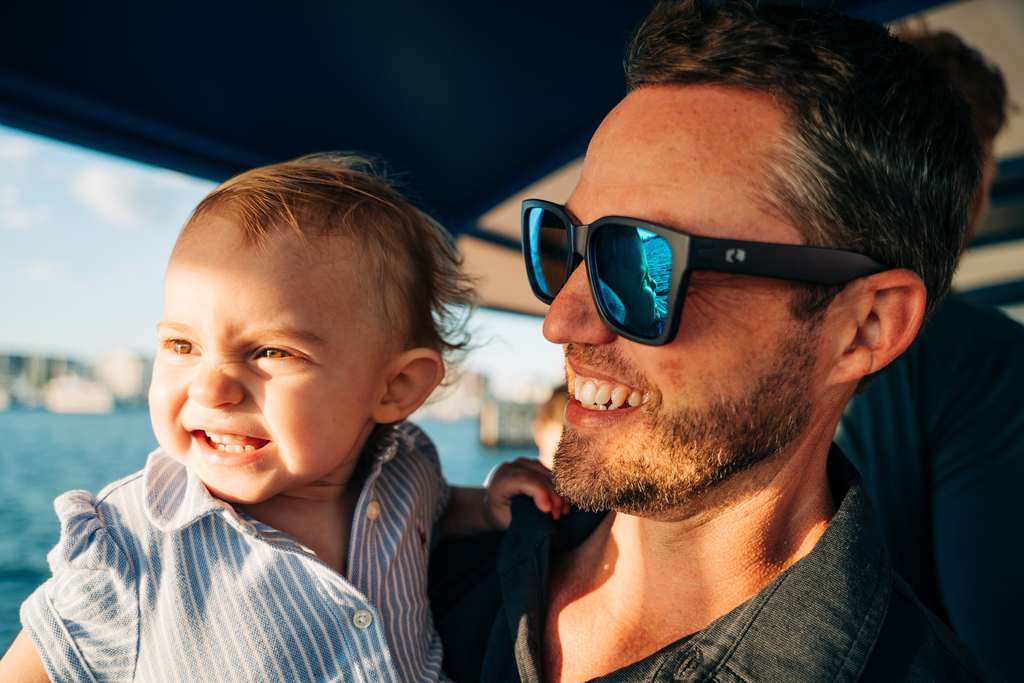Best Hunting Sunglasses 2021
What to Look for in Hunting Sunglasses
Finding a perfect pair of sunglasses can be difficult. Add the stress of figuring out if the features on a pair are right for hunting and you're set up for a demanding search. Follow this guide to help with the process of finding the best sunglasses for hunting.
Shape/Base Curve
The first thing to take into account when purchasing sunglasses is what shape you are looking for; this can have a huge impact on how the glasses function. If you’re looking for a more flattering front, an aesthetic-focused style shouldn’t be ruled out. A style like the Coopers offers a 6-based curve, meaning it combines a medium base with a minimal curve. With sizable frames and lenses, the Coopers offer a decent amount of protection without minimizing fashion. If you’re looking for glasses that offer complete, sport-heavy protection, a wraparound frame is the way to go. Wraparound frames are designed to hug the face and prevent a great deal of debris, sun and glare from impacting the eyes. Our Eddies, Bahias and Reedy styles are all great wraparound sport frames with an 8-base curve, which is considered high.
Durability/VLT of lenses
Durability and visual light transmission (VLT) of the sunglass lenses are also important to consider when shopping around. . VLT percentage measures the amount of light that is going to pass through the lens. A lower VLT percentage means that less light will be able to pass through the lens while a higher VLT percentage means that more light will be able to pass through. This is important because you don’t want to be hunting deep in the woods with a pair of shades that are meant for sunny open fields. This will decrease your visibility and make the day more frustrating.
If you typically hunt in bright light, we recommend Gunmetal or Marine lenses. If you typically hunt in shaded areas, we recommend Amber or Thermal lenses.
Durability is crucial for a potentially dangerous sport like hunting. . There are three types of materials typically used to make sunglasses lenses: glass, polycarbonate and nylon. Glass lenses are great for preventing scratches but run the risk of shattering either on the ground if dropped or on your face if hit with something hard. Polycarbonate lenses are great for impact durability but fall short when it comes to clarity. Nylon sunglasses are going to be the best option when it comes to hunting as they are scratch resistant and boast clearer than glass lenses.
Take a look at how we break down the differences for VLT and material in our Technology Guide!
Polarized vs. Not Polarized
Polarized sunglasses are a game changer especially when it comes to sports like hunting and fishing. Polarized lenses only allow vertical light to pass through. This means that glare of almost any sort is cut out of your view entirely and you can focus on the task at hand.
Anti-fog benefits
Wrap-around sunglasses are great. But what about when you're out early hunting or even fishing wearing these in 32 degree weather? Nylon and polycarbonate sunglasses are going to be your best friend in cold weather. Glass lenses work the same way as a window or mirror (which both fog up easily), while polycarbonate lenses cloud easily too. Match a wraparound shape with Nylon lenses and the chances of fogging issues drops down to almost never.
Head over to our Nautical Eyewear Collection to find a pair that is right for you!
